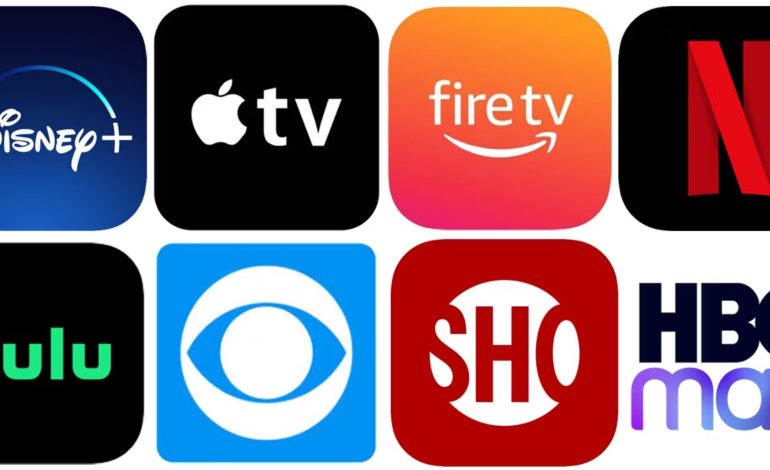

According to UCLA’s “Hollywood Diversity Report”, films on streaming services have more diversity than theatrically released films. While the latter has seen great progress in the past, the study notes that theatrical films have been undergoing a “backslide to 2019 levels” of diversity.
The research team surveyed the top theatrical films, specifically the top-earning 89 English-language films among 200 releases, and the top 100 English-language films originally released on streaming services. Both categories were determined respectively through global box office receipts and household rankings. Based on these surveys, the team concluded that there is more diversity in both onscreen and behind-the-scenes roles for films in streaming.
For instance, the surveys reveal that people of color have had a notable increase in acting roles for streaming services. While theatrical releases have noted an impressive spike in POC representation at 36.1%, only 21.8% were given leading roles, a notable downgrade from 2019’s 27.6%. According to 2020-2022 U.S. census data, about 43.1% of the population is made up of people of color, meaning that “people of color would have to more than double their 2022 share to reach proportionate representation among film leads.” Streaming services contrast this number by having 42.5% POC in acting roles and 33.3% in leading roles. It’s somewhat more proportional to the population, even though it’s ten percentage points shy of being fully proportionate.
Additionally, the amount of POC directors, is far more proportionate to the population than in theatrical releases, but they’d still have to “nearly double their 2022 share in order to reach proportionate representation among film directors.” In fact, the top streaming films with POC directors were most likely to have smaller budgets. According to the surveys, 76.2% of the films directed by people of color had budgets less than $20 million, more than the 70.6% for white women and 56.9% for white men.
The study concludes by stating that diversity in film is not only a moral necessity but also a business boon. In fact, Hollywood’s conventional wisdom that diverse films fare poorly internationally has been disproven time and time again. As films grow more diverse, their audiences grow because of more POC and women filling seats. “People of color saved the theatrical industry during the pandemic, and they are key to bringing the theatrical business back to its pre-pandemic levels,” UCLA Entertainment and Media Research Initiative director Ana Christina-Ramón explains.
Read the report here.
